When Fujifilm released the X-T5 on November 25, 2022, I was one of the first in the queue as I wanted to experience a high-megapixel APS-C sensor. This was simply not GAS, as I had only months earlier purchased an X-T4, which was comfortably doing everything I needed. However, 40 megapixels for landscapes in such a compact and stylish design, I simply needed to see what it could do and more to the point, could do what I needed for my photography. Fast-forward 429 days later, has it been able to do everything?
Cameras can do almost anything these days, and yet we are drawn for whatever reason to certain manufacturers. This could be because of the lens choice, the format, the resolution, the familiarity, the list goes on. Ultimately, we settle down and see past all the bells and whistles and concentrate on the tool, in this case, a camera, and does it do everything we need for our photography?
I won't focus on the specs of the camera, as you can read more about them here along with some insightful reviews on X-mount lenses from Ondřej Vachek and Pete Coco's long-term review of the XT-5 here. I'll simply provide my opinion on the camera for the type of work I do, which is mainly landscape photography.
Performance and Handling
For landscape photography, fast focus is not a requirement in most situations, but returning sharp images is; however, the camera with my lens kit was able to do that better than I had thought. This was expected, yet naively I didn't expect it to be as good as it was. It performed better than the previous X-T3 and X-T4, not only in image quality but also in post-production where I could extract more detail and, of course, crop in when I wanted without losing too much pixel information, yet still provide a very pleasant outcome and file size for various uses.
I've photographed exclusively with the X-T5 over the past year, except when reviewing the GFX cameras, and in every situation so far, it's proved to be a capable tool. The return to the flip-out screen of the X-T3 for landscape photography is a godsend as I shoot numerous vertical orientations, so no longer was I lying on the ground or contorting my neck to see the back screen.
The grip could be larger on the body, but as the majority of the time, it's on a tripod, this isn't an issue. With a Smallrig L bracket attached, it's not an issue in any way at all. If you have larger hands, the Smallrig cage suits this perfectly but unfortunately, the cage doesn't work as an L-bracket, and you have to rig an Arca plate to the cage to make it so. If Smallrig ever manufactures an L bracket with a cage-size grip, I'll be one of the first to purchase.

The camera has been used in varying temperatures over the year from 38 degrees in Dubai to -7 in Scotland, and the camera never once let me down. I did have an issue when in Dubai as the camera frequently froze or wouldn't power on. However, this was down to a board issue and not the environmental conditions and was replaced by Fujifilm within a week upon our return.

Lenses
The lens kit I've been using over the past year included FUJIFILM XF 10-24mm f/4 R OIS WR Lens, the FUJIFILM XF 18-55mm f/2.8-4 R LM OIS, the FUJIFILM XF 16mm f/2.8 R WR, and the FUJIFILM XF 18-135mm f/3.5-5.6 R LM OIS WR. I've also had the opportunity to test out a few more lenses, and I can say that the recommended lens list that Fujifilm released just after the camera was released was not a ploy to gather more money from us photographers. The list of lenses and the ones I've tried perform and use the sensor better, in my opinion. This may only be marginal, but they have been crafted to maximize the potential of the 40-megapixel sensor. The images were sharper when zoomed in 100% and even the SOOC JPEGs were crisper, yet not overly so.
All that aside, if you are considering purchasing or upgrading to an X-T5, the lenses you already have will still perform better with the new sensor, so I wouldn't worry about having to purchase from the recommended list. You'll know what lenses you need for your photography, and they will work great. However, for myself, I found that the 10-24mm, my favorite lens, performed better on the X-T4 and X-T3, so I sold it within a few months of purchasing the X-T5. It still produced great images on the X-T5 and is still a fantastic lens, but I felt something was missing, or I was expecting more with the new sensor; either way, I no longer own it.
Caveat
The camera performs as it should and does everything you would need it to do for an APS-C, and it does it well, no doubt about that. Sure, the focus isn't as fast as, say, a Sony, and for me, that's not so important as mainly a landscape photographer. The size is pocketable in most outdoor jackets, depending on lens choice. The optics are great and again result in, if you do your job as a photographer correctly, sharp focus, well-exposed images. Heck, I even think I prefer the simulation-baked JPEGs for some of the street and architectural images, no editing, and the job is done straight out of the camera. So, what's the caveat?
For myself, as a landscape photographer, the raw files it produced were nearly exactly what I required after coming from a full-frame camera, namely the Nikon Z 7II, and then I tested the Fujifilm GFX 100S. That's where the caveat for me came from. Yes, the two cameras are not comparable in any way except that they are from the same manufacturer. And yet, I still found myself comparing the raw files and the detail-gathering capabilities of medium format, especially for landscapes. Did this make me think any less of the Fujifilm X-T5 camera? No, not at all. But it did set in motion whether the APS-C sensor would fulfill my needs as a landscape photographer moving forward.


The Fujifilm X-T5 is more than capable of landscape photography, but after testing the GFX, I'm now questioning whether this should be my main camera for landscapes. If I purchased the GFX, would that make me a better photographer? No, that's certainly not the case, and I am well aware of that. Have I made a bad choice for my landscape photography in the X-T5? Again, no, as it's more than capable. I've just been spoiled by the GFX.
Final Thoughts
With a 40-megapixel sensor, the Fujifilm X-T5 is a camera to be reckoned with in the APS-C arena, and so it should be. It's pocketable in a lot of cases and produces lovely JPEGs straight from the camera, great for posting straight to social media via the X-app if that's your prerogative. As a travel and street camera, it's discreet and lightweight, and you can rely on the image quality you get from it, that is, of course, if you get the settings correct. If you don't, you only have yourself to blame.
I've traveled up through the X-T range and am admittedly a Fuji fan; however, if it doesn't do the job it was purchased for, I'd quickly move it on as was the case for the X-T1 and X-T2 as they didn't hit the mark, in my opinion. Eight years later, from the X-T1, with the release of the X-T5, everything has come together, and Fuji has now created a 40-megapixel APS-C with features curated from the past 8 years of development.
There are many others out there, including the Sony a6700, the Canon EOS R7, the Nikon Z30, and, of course, the Fujifilm X-H2, to name a few, so it's not as if you are left without a choice in what to purchase. You simply have to decide what ecosystem to invest in for your own photographic needs.
The Fujifilm X-T5 is an excellent camera for nearly every type of photography, but especially for travel and street photography due to its size and capability. It's a great landscape camera, and again, due to its size and quality of images, I've hiked mountains with the camera and a couple of lenses, and with its size-to-weight ratio, I wouldn't even have known they were there.
I am glad I upgraded from the X-T4 to this because of the sensor and my photography as it's proved itself. Would I recommend anyone else upgrade? A wholehearted yes, but that's a question only you can answer as you know what you need for your photography, and a camera is simply the tool that enables you to practice it. If you are considering upgrading and purchasing, all the details can be found here.

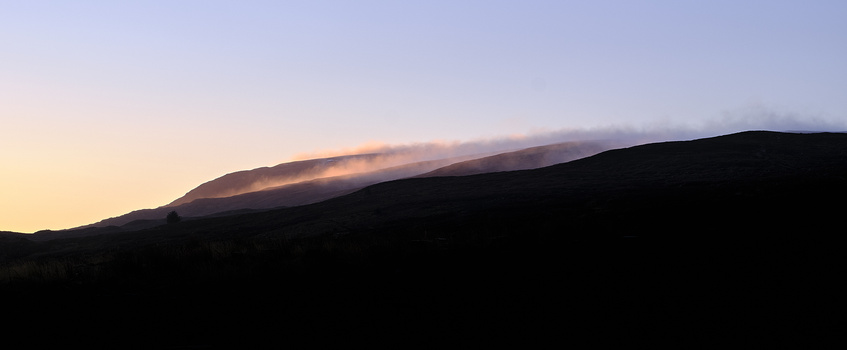
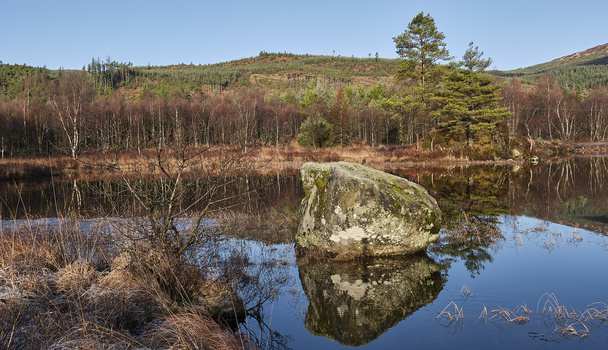
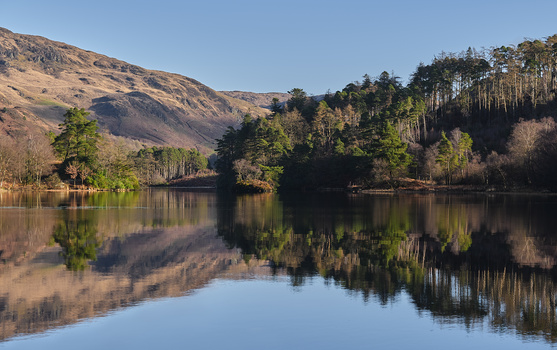
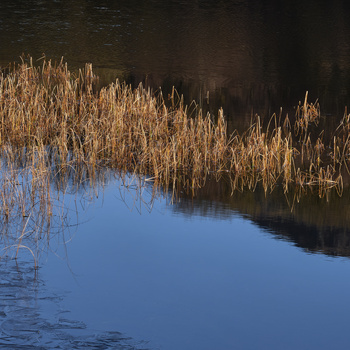
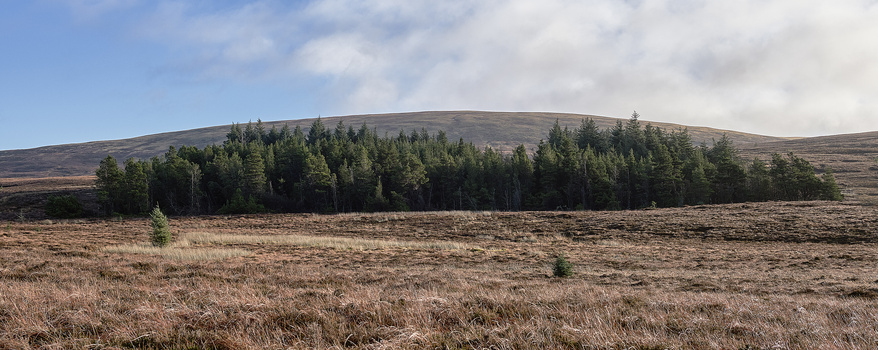
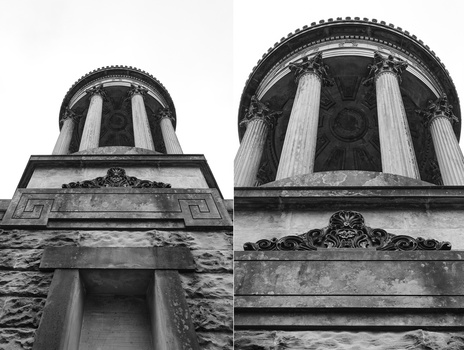
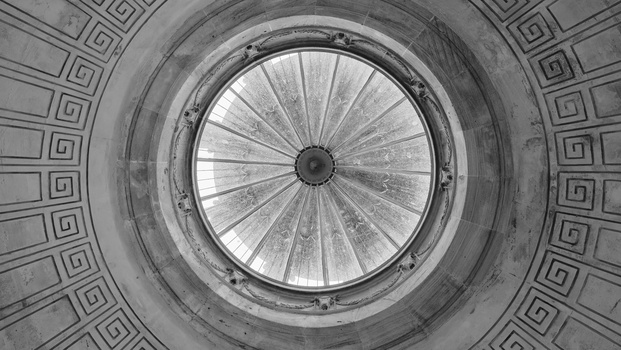
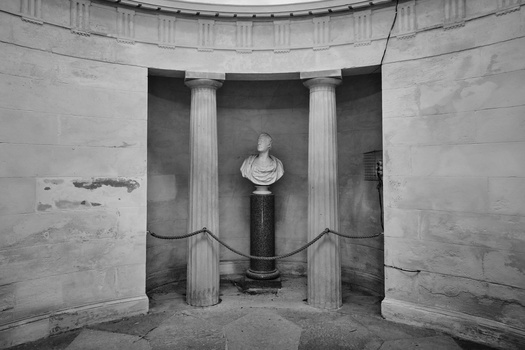
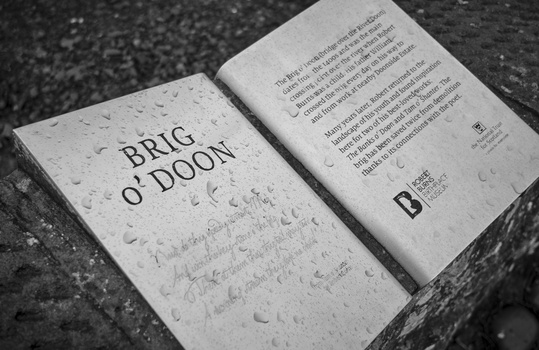
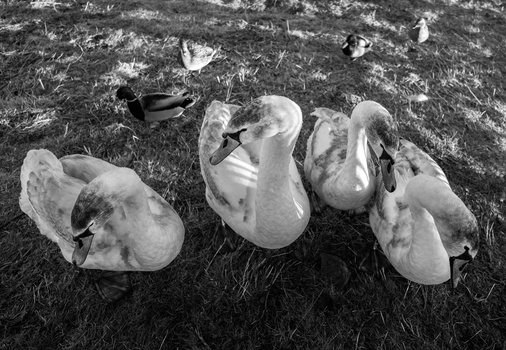
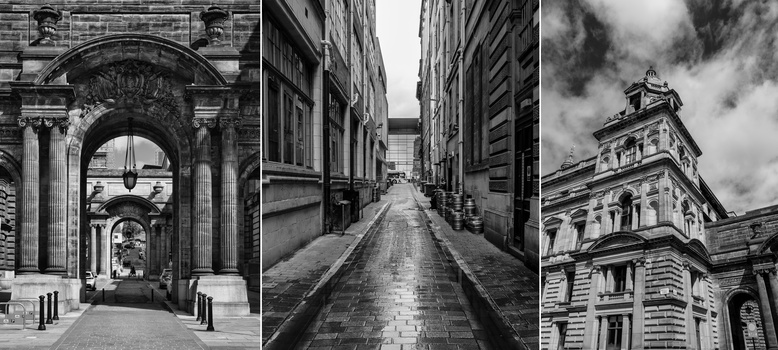
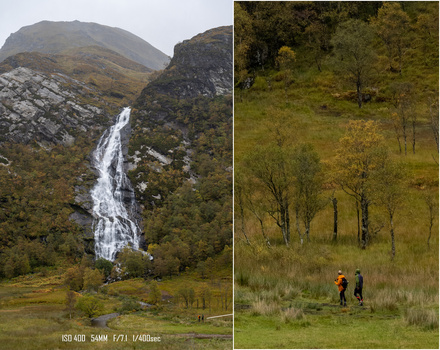
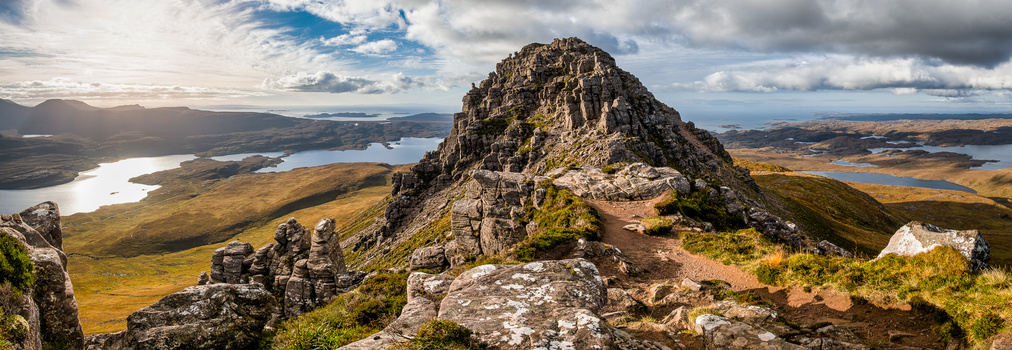

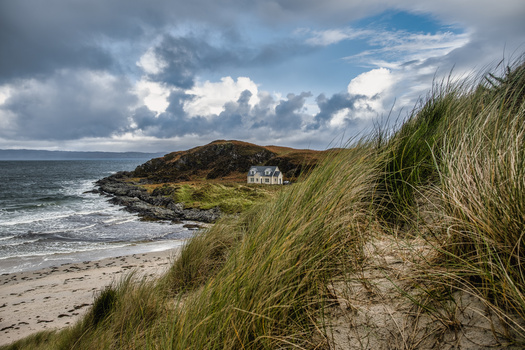
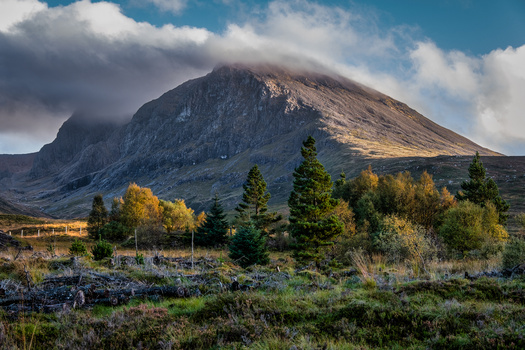
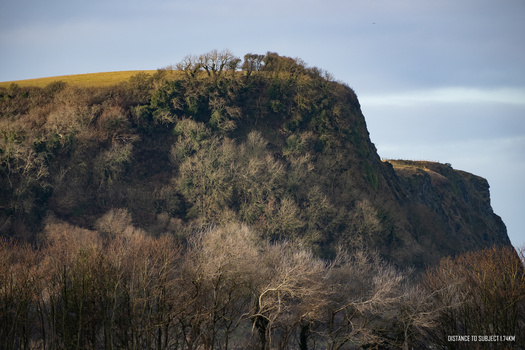
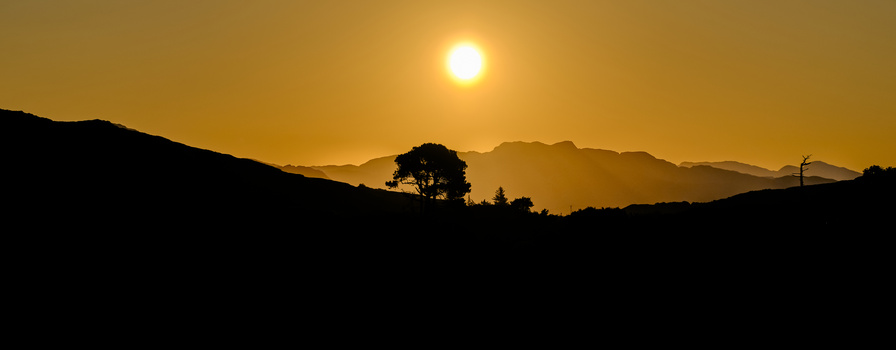
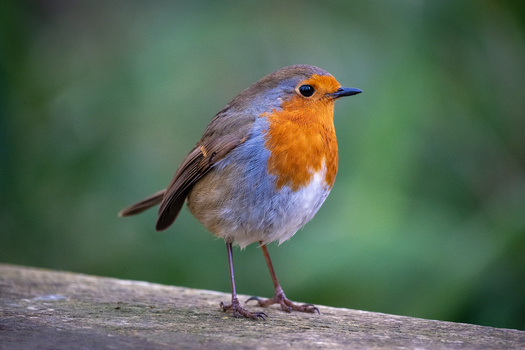
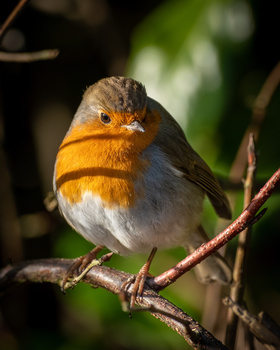
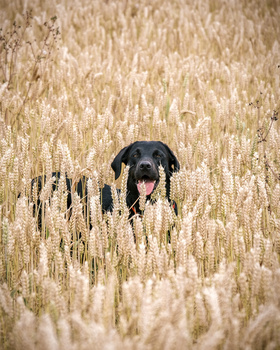
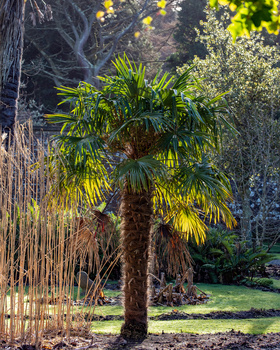
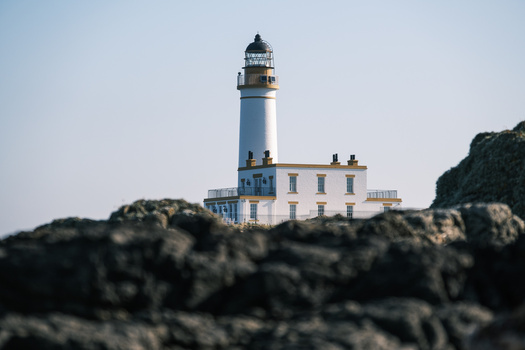
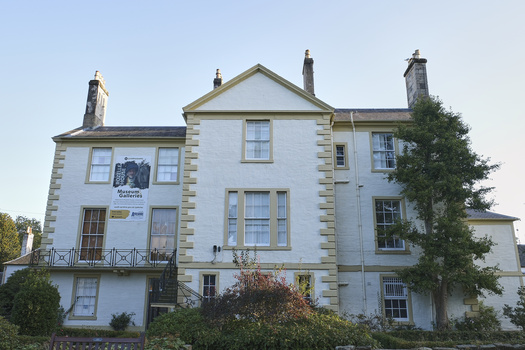
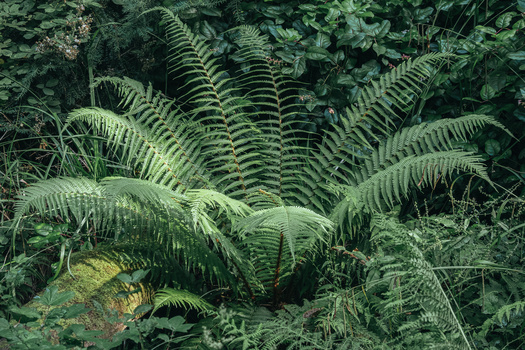
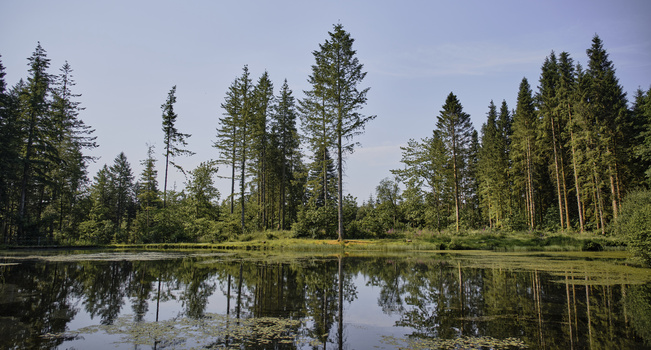
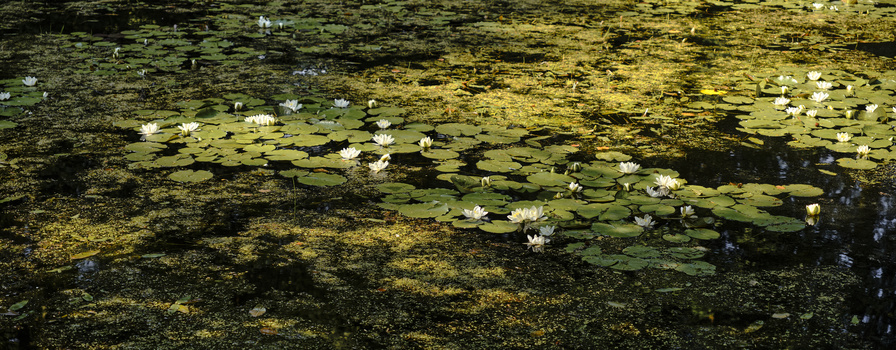
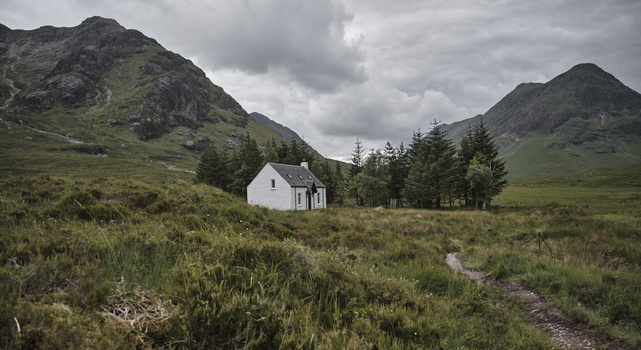
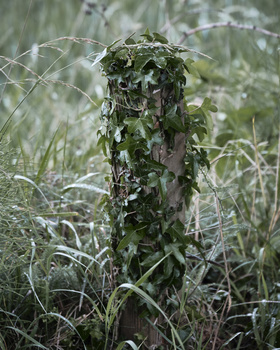
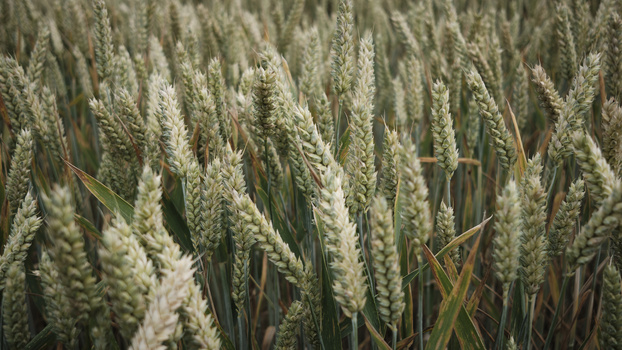
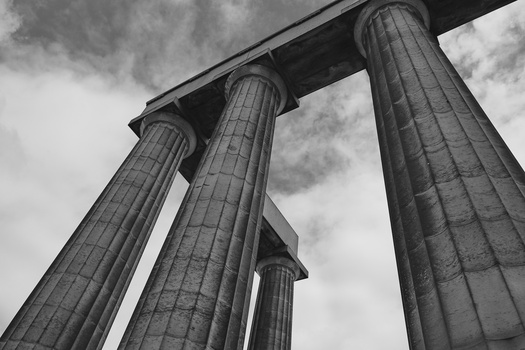
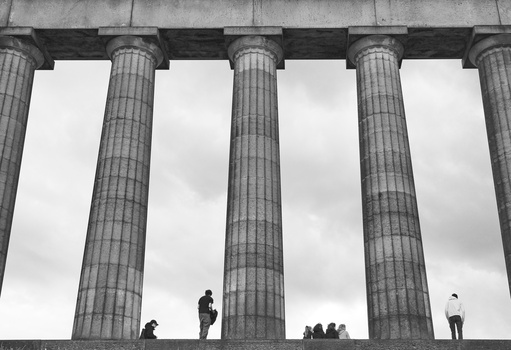
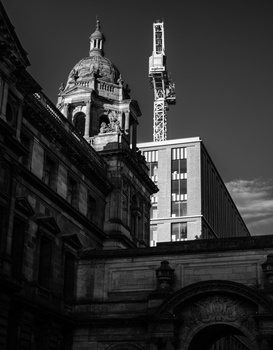
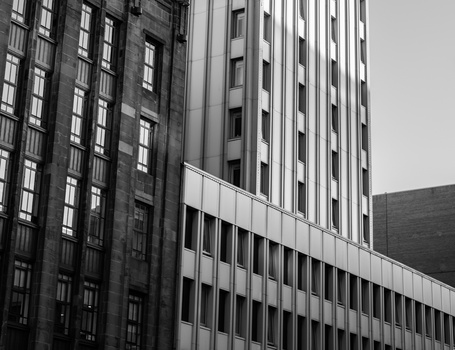
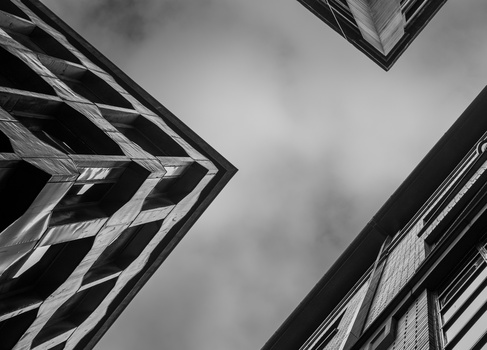
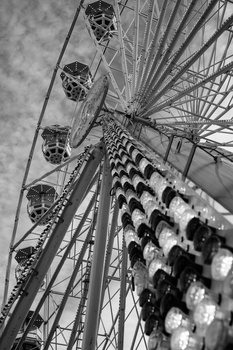
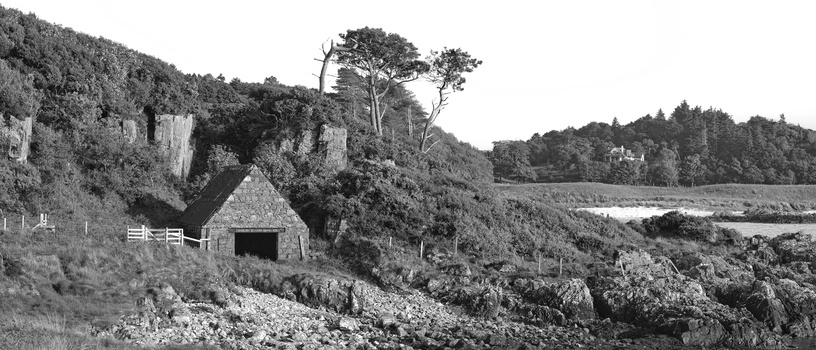
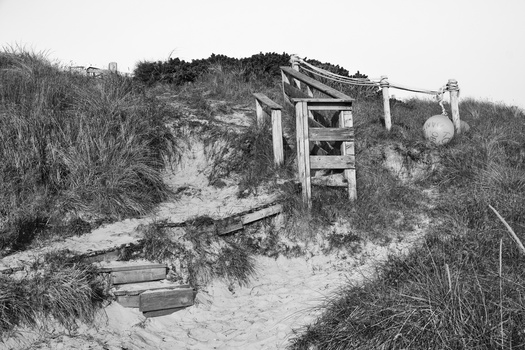
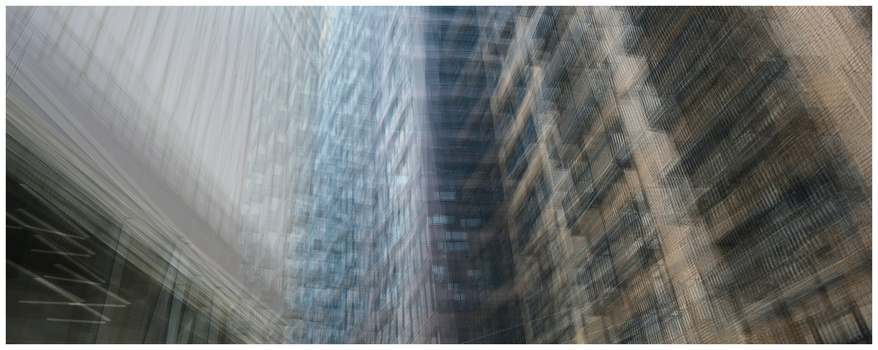
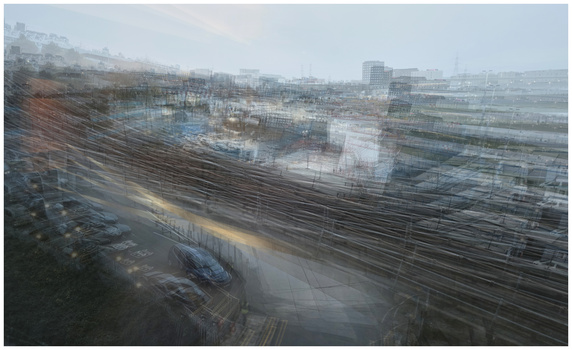
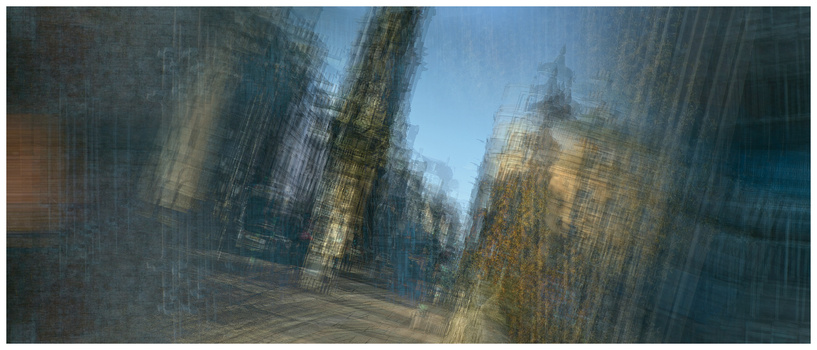
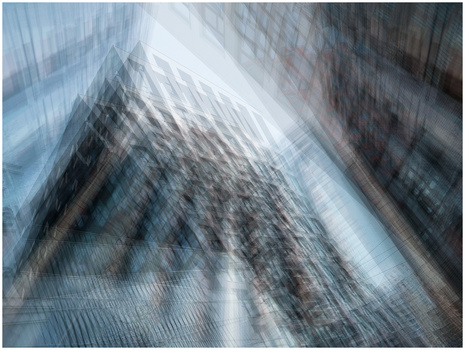
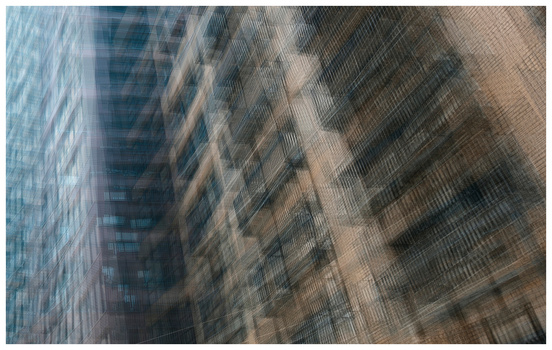
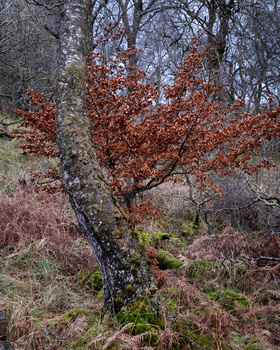
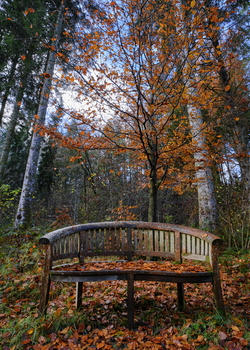
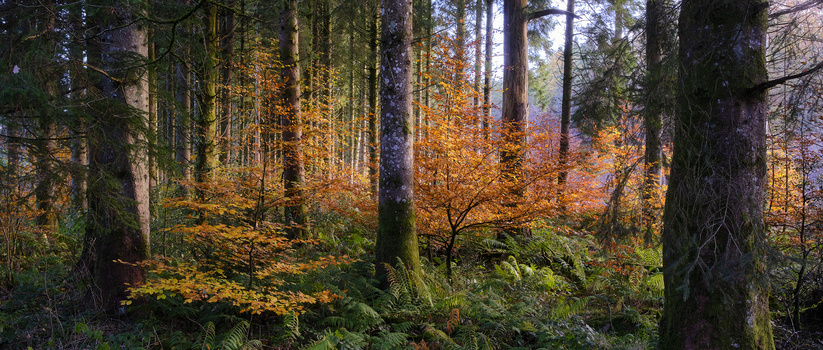
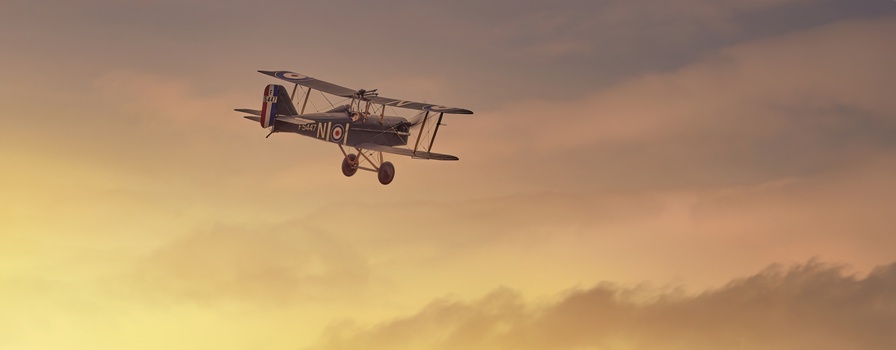
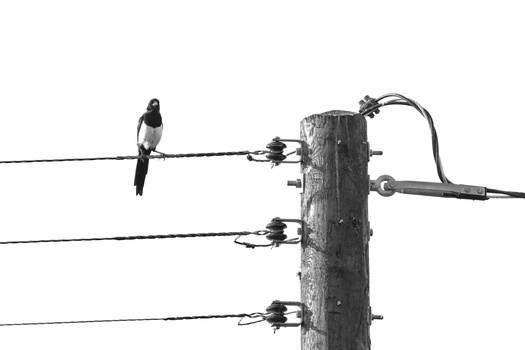
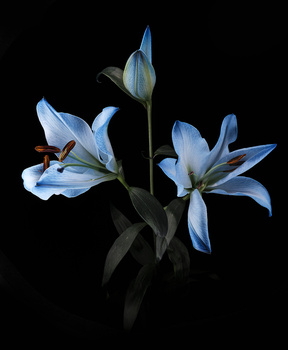
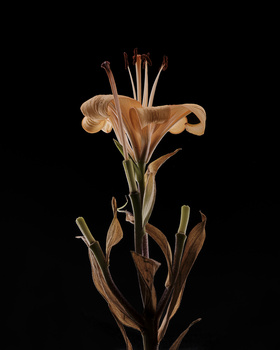
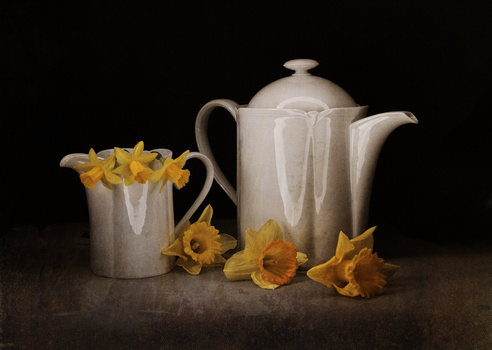

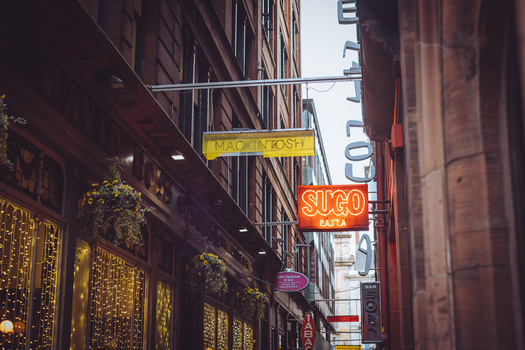
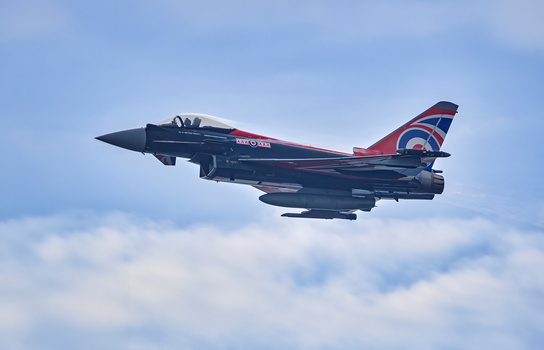
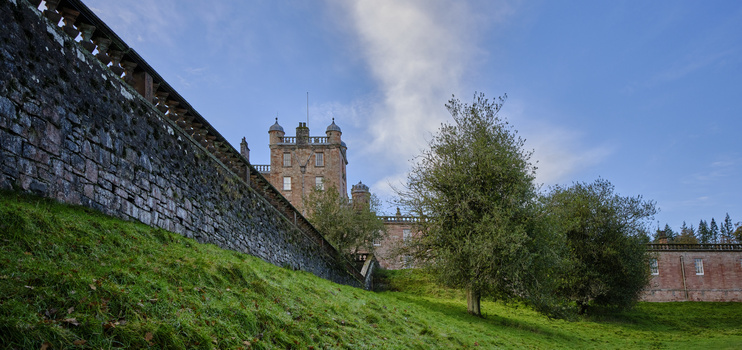
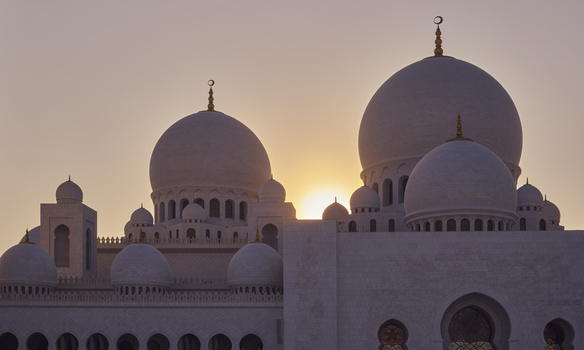
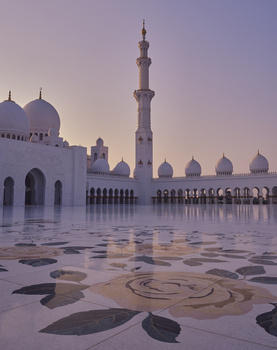
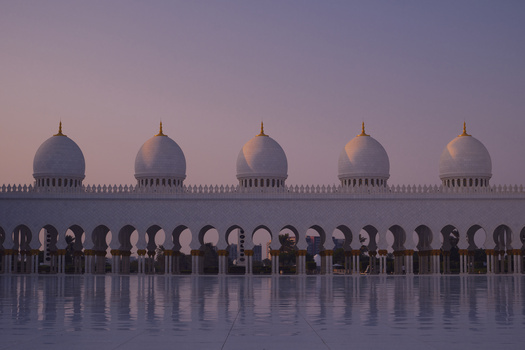
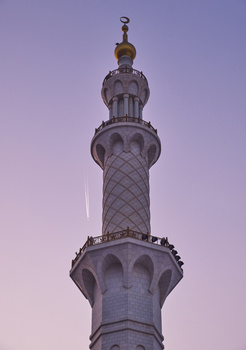
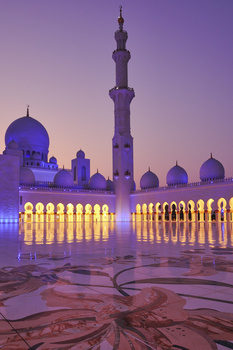
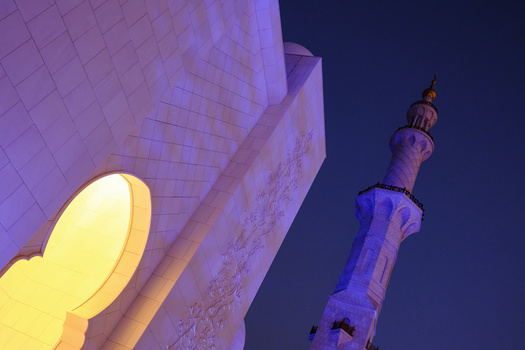
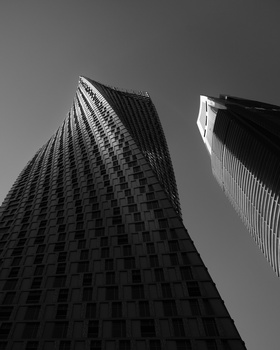





Good article, thanks for sharing.
As someone who's Fuji journey has gone XT3 - 50S - 50S2 - XT5 I wanted to add my 2p worth.
Yes, the GFX has mind boggling resolution and I really miss my 50S2 for that reason.
However, I don't miss the weight of that camera plus a couple of lenses plus filters in my backpack.
Seriously, that camera was writing cheques my body was struggling to cash.
Do I miss the GFX? Yes.
Do I regret shifting to XT5? No.
I really do love my XT5, but I yeah have been spoiled by the GFX for landscapes. However, you are correct about the cost both in weight and lenses but the images are so sweet! Thanks for commenting!
Thanks for sharing. And, as someone who switched to Fuji from Canon back in 2013 with my first Fuji camera being the X-E1, then X-E2, X-T1, X-T2 and then finally, the camera I had been waiting for, the X-T5. For me the upgrade from the X-T2 was a no brainer (IBIS + 40mp + subject tracking). And, I too put one on hold at the local camera store in town, and picked mine up on Nov 27, 2022. I had a full complement of lenses including the kit lens, XF 10-24, XF16-80mmF4 R OIS as well as the 55-200mm. All good lenses on my X-T2, but not all were as good on the X-T5. Although, unlike you, I kept the 10-24mm for wide angle landscape shots. I find it to provide excellent images on my X-T5. I only wish is was weather resistant. Lately, I've been into bird and animal photography since purchasing the XF 100-400mm lens for my X-T5. And, that, by itself and with either the 1.4x or even 2x extender is an amazing combo with the X-T5. I'm a big fan. I'm a little afraid to try the GFX 100 II for fear I'd want to trade in all my X gear for a GFX system. I'll just stick with the X-T5 for now unless I win the lotto of course ;)
Thanks for reading! Plenty of lenses to move onto the XT5 then. I did struggle with the 10-24mm on the XT5, which performed great on the XT3 & 4. It would be good if they refined the glass of the 10-24mm for the XT5 sensor. I hope you win then as you'll love the GFX :)
Autofocus has always been and will always be the Achilles' heel of Fuji, even on the GFX people complain about the same slow autofocus.
I've only used it for landscapes really, where fast autofocus isn't a necessity but am aware of this for other types of photography.
Vik, that has not been my experience at all with the X-T5. In fact, if I use subject detection, I've had great success in capturing some amazing images of birds in flight with my XF 100-400mm lens. I just need to remember to set my shutter speed around 1/2000s and let the Auto ISO take over (I always shoot in aperture priority). here is a shot I took at a local park of a Great White Egret launching itself up to its nest (had the 1.4x extender on the lens).
Excellent images and well written.
Comparison for the sake of comparison rarely reveals anything positive.
Z30 doesn't count IMO.
Send love❤️.. My Husband had Parkinson's disease and was dealing with shakes, stiffness and balance issues – it was like his body was in rebellion. Meds ( Levodopa ) and therapies were not doing much, so we thought about trying alternative methods as we heard interesting stories about Ayurvedic herbs with this disease. We explored the path and it changed his life with all symptoms totally reversed - Shakes calmed down, stiffness took a hike. My husband is living proof that natural Ayurvedic herbs can be a game-changer in the face of Parkinson's as he is totally cured and fine now. The journey wasn't always smooth, but the results speak for themselves. If anyone out there is facing a similar battle, consider giving Ayurvedic herbs a shot. We got the Ayurvedic herbs which cured him from naturalherbscentre. com I recommend Ayurvedic treatment from Natural Herbs Centre for Parkinson’s disease This is how my husband reversed his PD. This isn’t some scam or some made up nonsense.
This sort of comment doesn't really belong on a photography site, but I joined to address this if anyone comes across it like myself.
I have a PhD in neuroscience studying Parkinson's Disease, I've also unfortunately witnessed my grandad pass away to Parkinson's, I understand the disease somewhat, and the heartbreak the disease causes.
But it needs to be pointed out the information written here is false. There are unfortunately no medicines that alter the disease progression currently, and there are certainly no cures sadly. Future medicines are likely focused on slowing the disease, as cures for such a disease that progresses over multiple decades undetected are incredibly difficult to achieve. There is hope in future, in the same way some medicines are on trial that are helping Alzheimer's, but it'll take time.
I get that people look to 'alternative' medicines for hope, but there is no such thing, it's an oxymoron. There are medicines, that are tested and regulated, and there are compounds that are not. There are certainly natural medicines, like aspirin, and if natural products are effective, make no mistake, they are swiftly adopted into the medical field.
Parkinson's is a very individual disease, the environment and lifestyle during someone's life affects the possibility of it greatly. There is also a complex genetic component. This means that how the disease effects someone is very individual, with incredibly varied causes and symptoms. Current treatments, such as levodopa, are adopted to help with the symptoms of the disease. This requires constant and close attention from the patients physician as it is a constant moving target. It also means that there are varying degrees of success related to current treatments for Parkinson's Disease symptoms.
I hope this information is helpful for others out there, and sending much love to any families having to cope with Parkinson's x
Hi Gary, it was great to hear your perspective as a fellow landscape photographer.
What did/would you replace the 10-24mm with?
Have you heard any plans from Fuji to redesign this lens to bring it up to spec for the 40mp sensor? Thanks!
Koupil jsem si první kopii pro svůj adapter XT5 Fringer Pro III a čočku Canon EF 24-105/4. Tento kombo je bezchybný! Obrázky jsou fantasticky ostré z rohu do rohu v nádherných barvách.